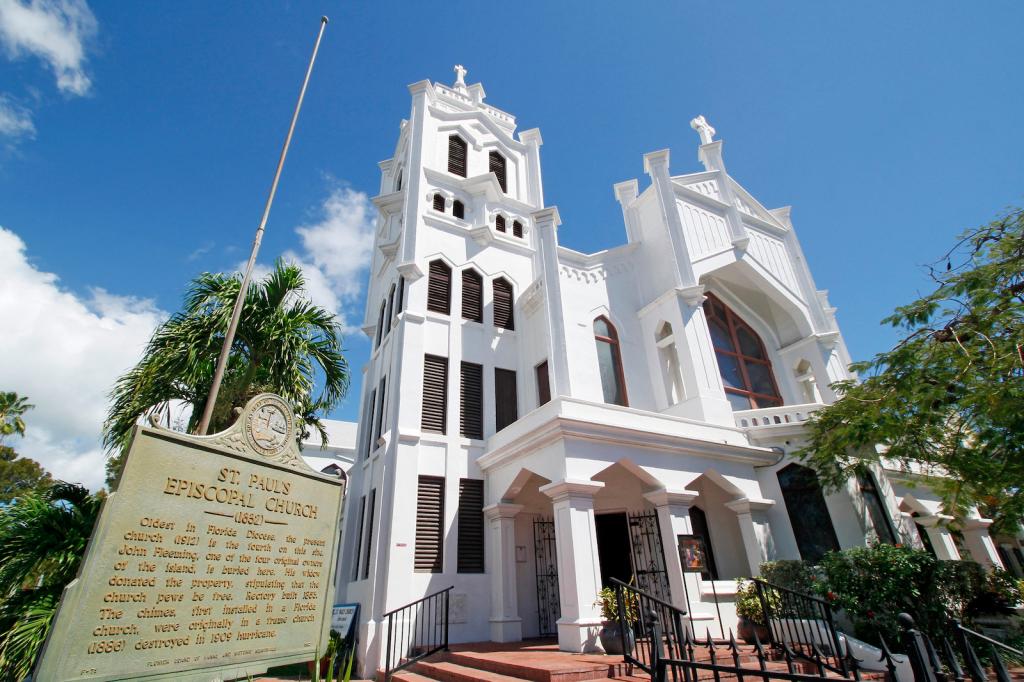A little after 7:30 in the morning on Wednesday, December 7, 1887, in the aftermath of remarkably strong northeasterly winds, Captain William A. Martin instructed the crew of the Eunice H. Adams, a whaling ship from Massachusetts, to anchor in cerulean water roughly 24 feet deep, close to Port Royal, South Carolina. Around 9 a.m., Charles Hamilton, a desperate crew member, jumped overboard — deserting his post, with the intention of swimming to land. He was intercepted mid-route by another ship, which returned him to the leaking brig he had tried to escape.
Later that day, an act of near-mutiny occurred. According to the ship’s logbook, a signed letter from the majority of the crew was sent ashore to Port Royal authorities. In it, the men complained that the vessel they sailed on was “unseaworthy,” unhappy with the unplanned stop and delay for repairs merely months into their voyage, in the hope that they’d be released from duty. Authorities did nothing. A sheet of rain beat down on the Eunice H. Adams, and the miserable crew was forced to continue to carry on to Cabo Verde, an archipelago on the we... Read more

